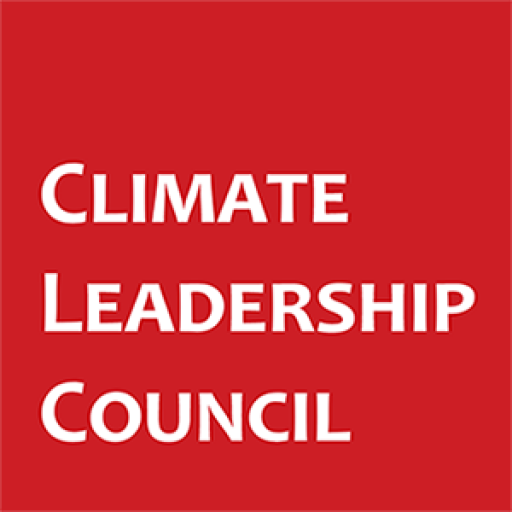Stimulating Carbon
Capture and Storage
The carbon dividends plan will boost the incentive to capture and store carbon emissions from power plants and industrial facilities, an activity that is widely seen as critical for meeting climate goals.
HERE’S HOW IT WORKS:

Absent a federal incentive, it is not economic for companies to capture and store the carbon emissions from their industrial processes. They would lose money by doing so.
To scale up this key climate technology, an existing federal program offers incentives, known as section 45Q tax credits, to businesses that capture and store carbon emissions underground. A business gets up to $50 for each ton of CO2 that it sequesters.

The carbon dividends plan introduces a carbon price at $43 per ton of CO2 that rises 5% every year. Activities that qualify for the 45Q tax credit would also qualify for a rebate under the carbon dividends plan.

By combining these incentives, we can accelerate the deployment and commercialization of carbon capture. This technology holds great promise for being exported around the world–to the benefit of the U.S. economy and the climate.
A carbon fee rebate provides an enduring and predictable incentive structure that will improve the long-term prospects for this climate-enhancing activity.
As the carbon fee rises each year, the incentive to capture and store carbon emissions also grows.
Eventually, the carbon fee could replace the tax credit altogether, establishing a permanent incentive that doesn’t need to be reauthorized by Congress.
For example, the combined incentive (45Q tax credit + carbon fee rebate) could be capped at $110 per ton of CO2. Once the carbon fee exceeds $110 per ton of CO2, businesses would still get rebated the full amount of the carbon fee.
A Rising Incentive to Capture and Sequester Carbon
(45Q Tax Credit + Carbon Price)

